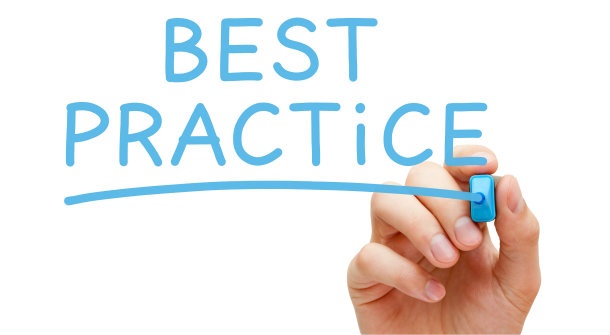- August 26, 2016
- Posted by: Dave Kurlan
- Category: Understanding the Sales Force

One company is attempting to create a compilation of best sales practices by sending out a weekly survey to sales leaders and asking them to choose from multiple choice questions what they most often do and teach. The topic changes each week. This is silly because (1) it just isn’t that simple, (2) it’s different for each selling role, each vertical, the decision makers they call on, their price points, the length of their sales cycle, and their respective competition, just to name a few. In addition, when you ask multiple choice questions like this, the answers will be so varied that there won’t be even a few, never mind a single best practice. Here is an example of what they asked this week:
- Proactively ask customers about the “decision criteria”
- Directly ask customers about their buying criteria
- Develop a set of questions salespeople can use to uncover customer decision process and time line
- Conduct after sales reviews with customers to determine the real value
- Develop a set of questions to ask customers at each step in the sales process
- Develop account plans
- Ensure that your sales process is adaptable
- Identify and prioritize your high growth and high potential accounts
- Gather feedback from customers on a regular basis
- Train sales representatives in active listening and empathy
- Ensure salespeople are always asking customers questions about what they want and why
- Ensure sales and marketing teams are fully aligned on value proposition / messaging
- Annual review of accounts
- Align compensation with the behavior you want
- Develop a list of potential objections at each stage in the sales process and a playbook of specific responses to them
So what should the best practice be relative to context of the question and responses provided?
1. You must have the correct opening questions,
2. You must know what to listen for,
3. When you hear it, you must be able to ask a countless number of follow up questions,
4. You must be able to repeat steps 2 and 3 until you have uncovered their compelling reason to buy,
5. You must know the consequences for them if they don’t move forward with a solution
6. There must be emotion associated with the consequences
7. You must quantify or monetize the consequences.
8. You must be able to leverage this information through the remainder of the sales process.
This sounds a lot easier than it actually is! This is the consultative approach to selling (follow that link and also follow the links to the two additional articles for more on the consultative approach) and it takes months for salespeople to master. The question is, do you want them to continue selling the way they sell? That leads to inconsistent and even decreasing sales each year and within two years they may become obsolete. Or do you want them to be challenged to learn the proper way to sell? That leads to more predictable results, increasing revenue and a valued, or trusted adviser status with customers and clients. As always, the choice is yours.
Three times each year, we offer a comprehensive, live, interactive, 12-week online training program that brings Baseline Selling alive. This training teaches salespeople to utilize the 8 steps I outlined above. If you are interested for yourself or any of your salespeople, please respond to me directly.
